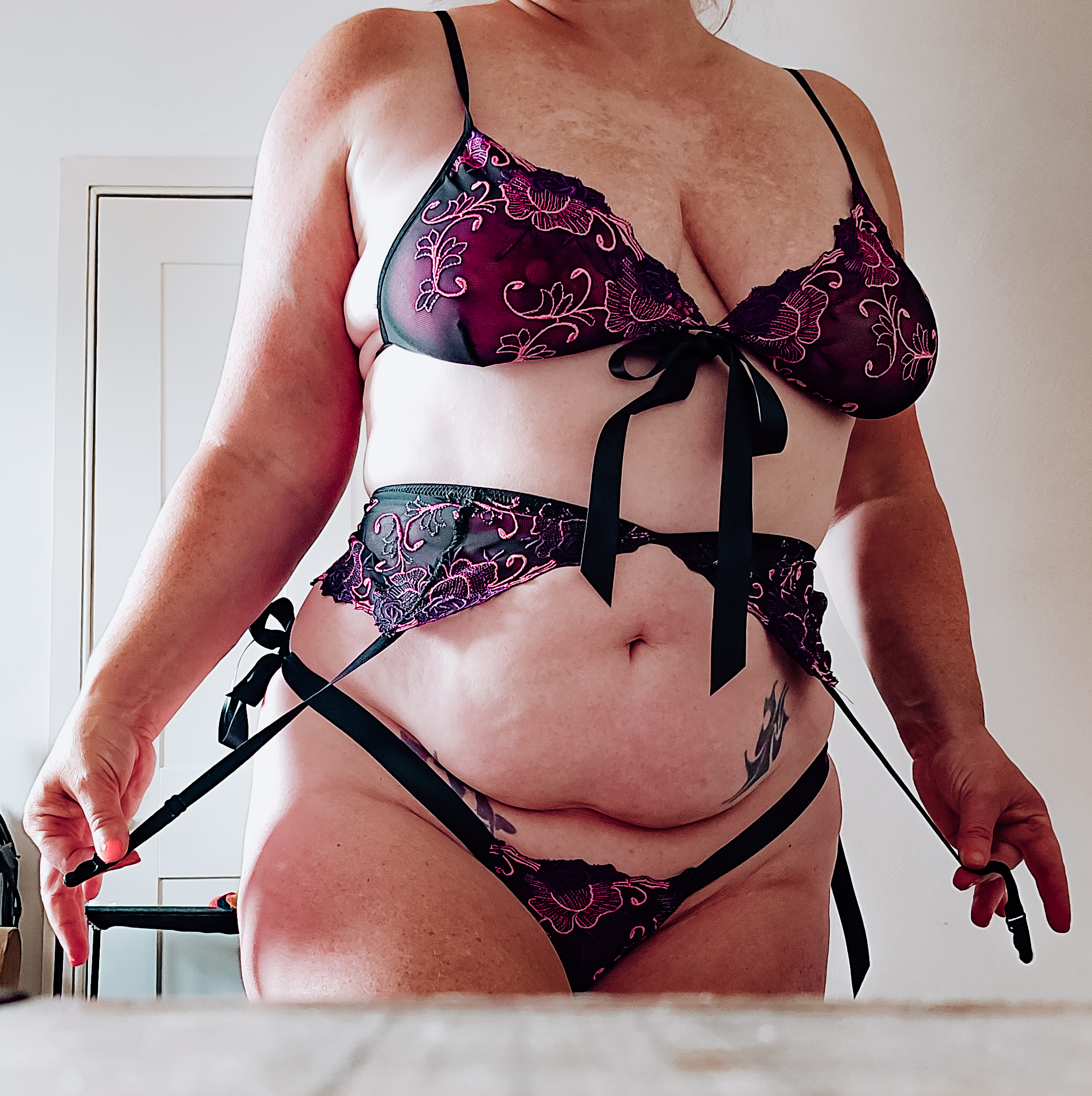Historical Context of Weapon Fetishism
Throughout history, humans have been fascinated by weapons as objects of desire and arousal. This phenomenon, known as weapon fetishism, has been observed in various cultures and time periods, often manifesting in distinct ways that reflect the social, cultural, and economic contexts in which they emerged. From ancient mythologies to modern-day subcultures, the allure of weapons as symbols of power, danger, and sensuality has captivated individuals, influencing art, literature, and even everyday life.
Early 20th Century Fascination with Firearms and Military Equipment
The early 20th century saw a peculiar fascination with firearms and military equipment, which has roots in a phenomenon known as weapon fetishism. This psychological fixation on objects that are perceived as symbols of power, strength, and danger can be seen in the rise of collectors’ clubs, shooting sports, and other hobbies centered around weaponry.
The intersection of danger and arousal plays a significant role in understanding the historical context of this fascination. In an era marked by widespread fear and insecurity, people sought solace in objects that represented control and dominance. The thrill of handling firearms, for instance, provided a sense of excitement and empowerment, as it allowed individuals to confront and overcome perceived threats.
A number of factors contributed to the growth of this fascination:
- The aftermath of World War I saw an influx of veterans who became disillusioned with civilian life and sought new outlets for their pent-up energy. Joining shooting clubs or collecting firearms provided a tangible way to relive the excitement of war.
- Advances in technology led to the development of more sophisticated firearms, which sparked interest among collectors and enthusiasts.
- The rise of pulp fiction and popular culture often featured romanticized depictions of violence, further fueling public fascination with weaponry.
- The economic boom of the Roaring Twenties created new opportunities for recreational pursuits, including the development of gun clubs and shooting sports.
As this phenomenon gained momentum, it became increasingly intertwined with broader societal attitudes towards masculinity, power dynamics, and national identity. The fetishization of military equipment and firearms not only reflected a deep-seated desire for control but also tapped into long-standing cultural narratives around heroism and sacrifice.
Cultural Significance of Weapon Fetishism
The concept of weapon fetishism is a complex and multifaceted phenomenon that has garnered significant attention in recent years, particularly in the realms of psychology, sociology, and cultural studies. At its core, weapon fetishism refers to the strong emotional and physical attraction to weapons, often accompanied by a desire to possess or use them for purposes other than their intended function, such as self-defense or hunting. This fascination with weapons has been observed in various forms and cultures throughout history, from the romanticized depictions of knights and samurai in medieval and feudal societies to the modern-day fixation on high-powered firearms and martial arts. Despite its potential connotations of violence and aggression, the cultural significance of weapon fetishism lies at the intersection of danger and arousal, revealing deeper psychological and societal dynamics that underlie human behavior.
Symbolism in Art and Literature
Weapon fetishism has long been a subject of fascination in art, literature, and popular culture, often blurring the lines between danger and arousal. On one hand, weapons have traditionally been imbued with symbolic power, representing strength, protection, and authority. In many societies, arms and armor have been revered as symbols of courage, honor, and martial prowess, inspiring countless works of art throughout history.
In literature, weapon fetishism has been a recurring theme, with authors often exploiting the allure of danger and power to explore themes of masculinity, control, and submission. For example, in the iconic novel “The Count of Monte Cristo” by Alexandre Dumas, the titular character’s transformation from a powerless prisoner to a ruthless avenger is motivated by his desire for revenge, as well as his fascination with the beauty and brutality of arms.
In art, the depiction of weapons has long been a staple of symbolism, conveying complex emotions and ideas through subtle yet powerful visual cues. From the ornate armor of medieval knights to the sleek designs of modern firearms, artworks have consistently explored the intersection of danger and allure, often serving as reflections of societal attitudes towards violence and aggression.
The cultural significance of weapon fetishism extends far beyond its representation in art and literature, influencing fashion, music, and other aspects of popular culture. The fetishization of arms has also played a significant role in shaping our collective psyche, reflecting and reinforcing societal fears and desires around power, control, and violence.
Cross-Dressing and Masculinity
While societal norms often tie masculinity to traditional masculine ideals, there exists a subset of individuals who challenge these conventions through cross-dressing.
The act of cross-dressing can be a means for some people to explore and express aspects of their femininity, while others may use it as a way to subvert traditional notions of masculinity.
This blurring of gender lines raises questions about the role of danger and arousal in the experience of cross-dressing and its intersection with traditional masculine norms.
The Role of Costume and Accessories
Cross-dressing and masculinity are complex concepts that have been explored in various contexts, including psychology, sociology, and popular culture. In many societies, traditional masculine norms emphasize strength, aggression, and control, which may be perceived as incompatible with feminine or effeminate characteristics. However, the rise of cross-dressing and drag culture has challenged these norms and blurred the lines between masculinity and femininity.
Costume and accessories play a significant role in the performance of gender and masculinity. In cross-dressing, the use of certain clothing items or makeup can signal to others that an individual is exploring or expressing a non-traditional form of masculinity. For example, a man who wears a wig and heels may be perceived as more feminine or androgynous, while wearing a suit and tie may reinforce traditional masculine norms.
In addition to the performance of gender, costume and accessories can also serve as symbols of power, status, and identity. In some cases, cross-dressers may use elaborate costumes and makeup to signal their membership in certain subcultures or communities. For instance, a man who dresses as a woman for Halloween may be seen as more playful or ironic, while someone who adopts a feminine persona as a long-term aspect of their identity may be viewed with more respect or understanding.
The relationship between cross-dressing and masculinity is also deeply rooted in the realm of sexuality and desire. Some individuals may experience arousal or excitement when engaging in cross-dressing or dressing up in costumes, which can be linked to feelings of danger or forbidden pleasure. This can lead to a complex interplay between the thrill of exploring non-traditional forms of masculinity and the risk of social censure or judgment.
Psychological Motivations and Theories
The human psyche is driven by an array of motivations, both conscious and unconscious, that shape our desires, behaviors, and relationships. One intriguing aspect of human psychology is the phenomenon of fetishism, where certain objects or situations become imbued with sensual appeal, often blurring the lines between safety and risk. The “weapon fetish” is a specific manifestation of this phenomenon, where individuals experience erotic arousal in response to firearms, knives, or other instruments of violence.

The Relationship between Danger and Arousal
The concept of fetishism, particularly weapon fetishism, has long been shrouded in mystery and intrigue. At its core, fetishism revolves around the psychological motivations that drive individuals to become fixated on specific objects or body parts. In the case of weapon fetishism, this fixation often involves a heightened sense of danger and arousal. The relationship between these two concepts is complex and multifaceted.
Researchers have proposed several theories to explain the link between danger and arousal in fetishistic behaviors. One prominent theory is Maslow’s Hierarchy of Needs, which suggests that individuals who are unable to fulfill their basic needs for safety and security may become fixated on objects or activities that provide a sense of thrill or excitement. This can manifest as a fascination with weapons, which represent a perceived threat or danger.
Another influential theory is the “safety-through-preparedness” hypothesis, which suggests that individuals who engage in fetishistic behaviors may be attempting to cope with feelings of powerlessness or vulnerability by engaging in activities that simulate a sense of control and preparedness. In the context of weapon fetishism, this might involve collecting or using weapons as a way to feel more secure or confident.

A related concept is the idea of “parasexuality,” which proposes that individuals who experience arousal in response to objects or body parts may be seeking an alternative source of excitement and pleasure. In some cases, this can manifest as a fascination with objects that represent danger or aggression, such as weapons.
- Furthermore, the concept of “vicarious experiences” suggests that individuals who engage in fetishistic behaviors may be seeking to experience a thrill or sense of excitement vicariously, through fantasy or simulation rather than direct experience.
- Additionally, some researchers have suggested that weapon fetishism may be linked to societal or cultural factors, such as the glorification of violence in media or the presence of guns in certain communities.
The relationship between danger and arousal in fetishistic behaviors is complex and multifaceted. While it may seem counterintuitive that individuals would become fixated on objects or activities that represent danger, it’s clear that this fixation can serve as a coping mechanism for underlying psychological needs and desires. By examining the theoretical frameworks and research surrounding weapon fetishism, we can gain a deeper understanding of the complex psychological dynamics at play.
Societal Implications and Concerns
The concept of fetishism, particularly in the context of weapons, raises significant societal implications and concerns. The allure of danger and arousal that often accompanies weapon fetishes can have far-reaching consequences, extending beyond individual relationships to impact broader social dynamics and cultural norms.
The intersection of these two seemingly contradictory elements – danger and arousal – can lead to complex power imbalances and potentially volatile situations, both within personal relationships and in public discourse. This intersection also underscores the need for a nuanced understanding of the societal factors that contribute to and shape our perceptions of weapon fetishes, as well as the various concerns they may evoke.
Furthermore, exploring the societal implications of weapon fetishes invites examination of how we perceive and construct notions of power, control, and vulnerability. By analyzing these dynamics, we can gain insight into the ways in which societal norms and expectations influence individual desires and behaviors, ultimately shedding light on a multifaceted issue that warrants thoughtful consideration.
Legality and Social Perception
The concept of weapon fetishism raises profound societal implications and concerns, particularly in regards to the glorification of danger and violence. In many societies, weapons are viewed as symbols of power, strength, and masculinity. When these objects become objects of erotic fascination, it can perpetuate a culture that trivializes harm and disregards human life. This phenomenon not only poses a risk to public safety but also reinforces damaging gender stereotypes, further solidifying the notion that aggression is an acceptable means of expressing oneself.

Legally, weapon fetishism can be seen as a form of paraphilic disorder, with its own set of psychological and behavioral manifestations. The American Psychiatric Association defines paraphilia as unusual or atypical sexual interests that include non-human objects, which can sometimes manifest as an obsession with weapons. However, the legality surrounding such fascinations is complex and varies across jurisdictions, making it difficult to categorize and address these behaviors effectively.
From a social perspective, weapon fetishism challenges conventional norms and values, prompting discussions about censorship, free speech, and artistic expression. The portrayal of violence and aggression in media can be seen as contributing factors to the normalization of weapon fetishism. Moreover, the commodification of firearms and other objects of fascination raises questions about consumer culture and the influence of advertising on shaping societal attitudes toward violence.
The perception of these fascinations varies widely across social groups, with some viewing them as taboo and others seeing them as a form of edgy self-expression. Social media platforms have become breeding grounds for communities that glorify danger and violence, further amplifying concerns about the spread of harmful ideologies. It is essential to acknowledge the complexities surrounding weapon fetishism, addressing not only its societal implications but also exploring ways to mitigate its effects through education, awareness campaigns, and effective policy implementation.
Shop vibrating butt plugs at Peaches and Screams Discover anal stretchers for intense pleasure at Peaches and Screams Buy Herrco products for high-quality pleasure at Peaches and Screams Shop batteries for sex toys at Peaches and Screams Buy plus-size crotchless lingerie and panties at Peaches and Screams Discover C-strings for a daring, minimal look at Peaches and Screams
James Martin Live Cleveland Relationship Therapy Tattoo Culture Magazine
- Under Eye Botox In Woodmansterne, Surrey - November 17, 2025
- Why Breadcrumbing Is An Emotionally Unhealthy Dating Habit - November 3, 2025
- What Is The Alternative To Tear Trough Fillers? - October 31, 2025
